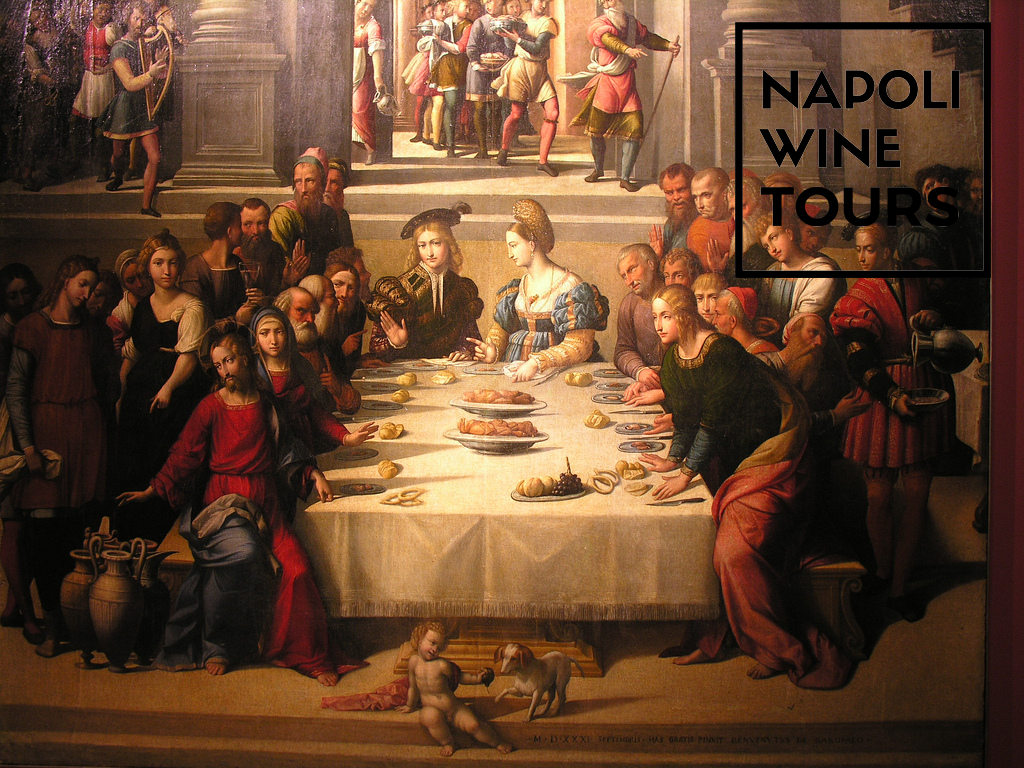
Uncover the secrets that lies behind Catholic ceremonial wines, also known as Papal Wines.
Since the Old Testament, wine has always represented a symbol of life, joy and celebration during banquets (Cana wedding) and celebrating great moments (Abraham), until it became part of the Christian liturgy.
But what is the wine used during Catholic mass nowadays?
In recent decades, the classic “blood (of Christ) red wine” has been replaced by the less visible white one to prevent stains. Liqueur wines with a high alcohol content are preferred, such as Tuscan Vin Santo produced with Trebbiano and Malvasia grape varieties.
But who makes cerimonial wine? Is is often monasteries, convents, religious institutions, such as the convent of Santa Chiara di Montefalco, from which, thanks to the preservation of grape shoots for the production of mass wine, the revival of Sagrantino, one of the greatest wines of central Italy, has been possible.
But, in addition to the wines produced for the celebrations, there is a very close link between the church and the wine. The wine of Orvieto was renamed the “Wine of the Popes”, since in the period in which the city was under the aegis of the Papal States, many popes resided there and it was greatly admired.
Vernaccia di San Gimignano was also a fine wine present on the tables of the nobles of the time, and it was through Dante that we discovered that Pope Martino IV was almost addicted to such a Godly nectar.
In conclusion, it deserves to be mentioned the wine which represents a landmark symbol of Papal wines: the Châteauneuf-du-Pape. During the Avignonese papacy (1309-1377) the popes elected their summer residence in this town then called only Châteauneuf (CastelNuovo) appreciating the wine produced there. It was only in 1893 that the actual name became established and synonymous of a great wine. The procedural guidelines authorize the use of 13 grape varieties, but nowadays only 3 or 4 are assembled to create the symbolic wine of the Southern Côtes du Rhône.
Contact us for an unforgettable experience to find out more about the identity of these wines and take a virtual journey through the Italian regions involved and their history, including tasting of 4 wines, such as Sagrantino, and autochthonous rich food matching.
